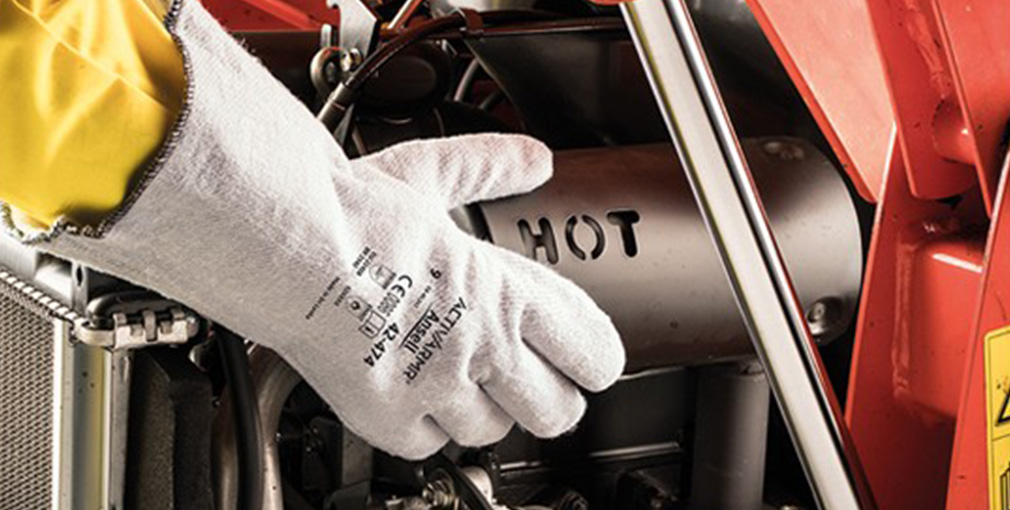
Appropriate heat resistant gloves are essential for both performance and safety, especially when working in chemical industries. Selecting the ideal pair can take time and effort with the abundance of options on the market. In our comprehensive guide, you will find all the information you require to make an informed choice and guarantee that your hands are adequately shielded from the heat.
knowing the materials that go into making these gloves is the first step in choosing the best ones. Common materials include silicone, neoprene, leather and aramid fibers. Every material has a unique set of benefits and drawbacks, so it's critcal to select one that meets your demands.
Aramid Fibers (Kevlar)
Leather
Neoprene
Silicone
Take the Temperature Range into Account
There are several uses and settings where gloves with varying degrees of heat resistance are required. Make sure the gloves you choose provide adequate protection by taking the temperature range of your work into account. While some gloves are meant to be worn in hot conditions for a short while, others can be left on in moderate heat for an extended amount of time.
Fit And Comfort
Ill-fitting gloves can compromise dexterity and increase the risk of accidents. Look for gloves with ergonomic designs and adjustable features to ensure a snug fit without sacrificing flexibility.
Additional Features
Grip:
Cuff Length:
Conclusion
Choosing the right heat resistant gloves is a critical decision that directly impacts your safety and performance. By understanding the materials, temperature range, fit and additional features, you can make an informed choice that suits your specific needs. Investing in high-quality ones ensures that your hands remain protected, allowing you tackle even the hottest taska with confidence.